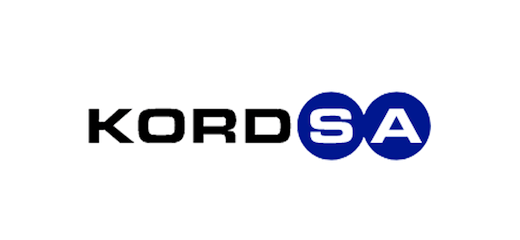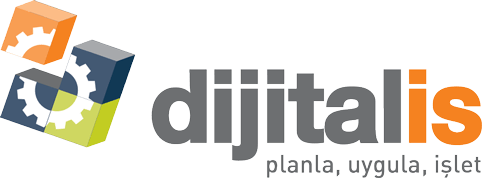

Textile Sector Success Story
Layout Planning, Virtual Reality
Kordsa was founded in 1973 in Izmit for the production of tire cord fabric. Today, Kordsa operates in three main sectors: tire reinforcement technologies, construction reinforcement technologies, and composite technologies. Strengthening one out of every three car tires and two out of every three aircraft tires globally, Kordsa is recognized worldwide as a leader in the market due to its strong global footprint, technology leadership, and expertise in reinforcement technologies.
Operating across a wide geography from America to Asia Pacific, Kordsa aims to create sustainable value by offering high-value-added, innovative reinforcement solutions to its customers, employees, stakeholders, and the communities it operates in.
Why were the projects needed?
As a leading manufacturer in the field, Kordsa designs production systems based on the latest technology both during capacity increases in existing factories and during the installation of new factories. During these projects, it was necessary to predict how new production lines and material logistics systems would work in existing and new factories, considering their dynamic movements. This is crucial because it is essential to see where the total operational efficiency will be when various new technologies and equipment, each providing significant benefits in their own field, are installed and operational before implementing these decisions.
Previously, this need was met within Kordsa using traditional methods, and design problems were attempted to be solved based on past experience. However, achieving the desired results in the traditional approach was not easy, and it was not possible to foresee and address problematic areas in advance. A company like Kordsa, which invests in new technologies and provides value to all its stakeholders, needed tools that provide more accurate approaches. Therefore, a search began for a solution that had strong analytical capabilities and visual contributions such as virtual reality.
"As the Engineering Technology Manager, my team and I are conducting machine/equipment/factory design projects that will take Kordsa into the future. We selected Dijitalis because of its holistic approach to industrial engineering, its software solutions that differentiate according to the need, and its ability to provide agile support when needed."
Mert TÜKEL
Engineering Technology Manager
What solution was provided?
It was understood that Kordsa needed a factory design and simulation tool that would adapt to its innovation and dynamism. After consulting with many firms providing consultancy or software for production, Kordsa chose Dijitalis based on its holistic approach to industrial engineering, its software solutions that differentiate according to the need, and its ability to provide agile support when needed.
In the initial facility planning study, every aspect of the new factory was modeled. The working principles of the factory were verified with moving simulations. The resulting new factory concept was presented to all managers in a virtual reality environment.
What benefits were achieved at the end of the project?
Valuing the optimum design of future and existing factories, Kordsa comfortably created these plans and, with the results, it obtained a platform where it could quickly see the results compared to conventional methods. With Dijitalis, the Engineering Technologies Team at Kordsa describes the result as follows;
"Dijitalis met our need for a solution quickly. Especially in factory setup, being able to work with moving parts of our machines virtually and being able to visualize them in the design phase reduces production difficulties and delays. Therefore, all manufacturers open to development, if they support their work with simulations, will reduce the total time to market for their products."
Mert TÜKEL
Engineering Technology Manager



